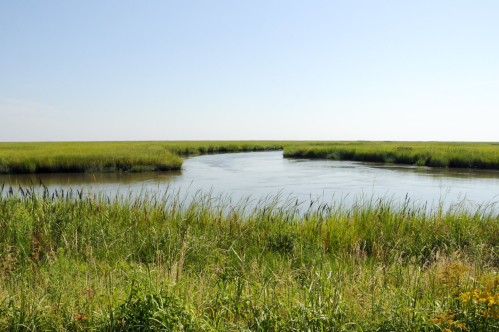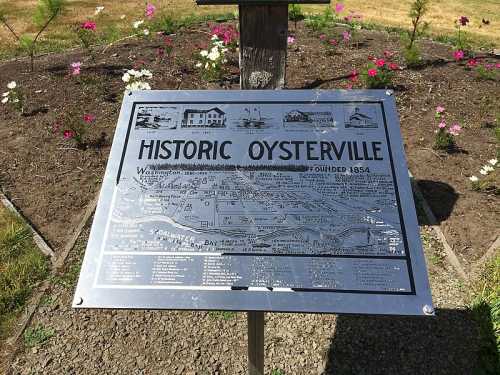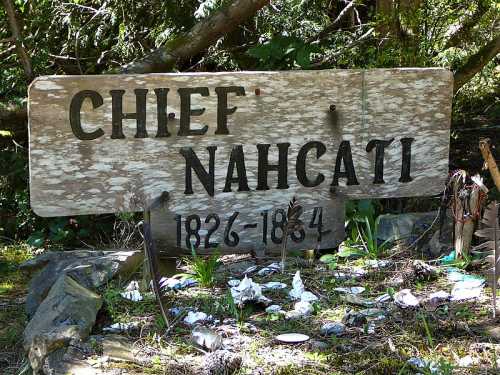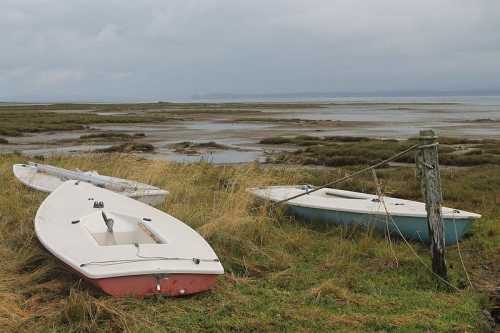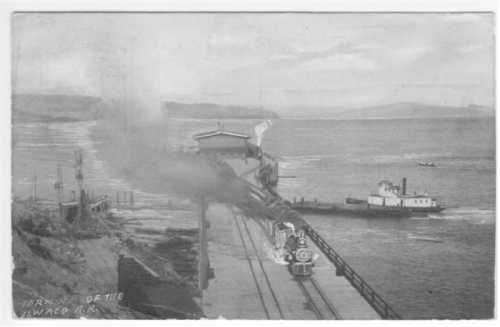Did you know that there's a missing nuke in Washington? It's true! Beneath the busy waters of Puget Sound off the Kitsap Peninsula, the U.S. Navy lost a Cold War-era nuclear depth charge, ultimately abandoning it. But even more alarmingly, this may not be the biggest of the Evergreen State's atomic problems.
Our exploration of this issue will take us from the lush forests of Western Washington to the rugged scrubland of the East.
On September 25, 1959, a U.S. Navy plane was patrolling off the coast of Whidbey Island. It carried a depth charge nicknamed "Betty," a powerful weapon developed by the military in 1952 to defend against submarines. For reasons still shrouded in secrecy, the pilots ditched the plane in the Pacific Ocean. Though the ten-man crew was thankfully rescued by the U.S. Coast Guard ten hours later, "Betty" was lost at sea, and the Navy chose not to notify the press of the incident.
The good news is that while the depth charge remains unrecovered today, the bomb wasn't fitted with a warhead, meaning it shouldn't pose a threat to the public. The bad news is that this is only the tip of the iceberg regarding nuclear weapons in Washington.
Most Washingtonians have heard about the Hanford Site located outside Richland east of the Cascades. Here, the United States built the B Reactor, the first large-scale nuclear project in the country. Hanford's B Reactor was an essential component of the Manhattan Project, the military's plan for nuclear development during World War II. For many years, this site was one of the nation's leading plutonium producers. I highly recommend taking a tour of the reactor if you're in the area. It provides a fascinating look into this lesser-known aspect of Washington history.
But our state's involvement with nuclear armament isn't consigned to the past. Today, Washington is home to one-third of the country's active nukes. Just Bangor Submarine Base alone has 720 warheads outside Poulsbo. At any given time, these warheads— loaded into missiles— patrol Puget Sound aboard eight submarines.
Washington is also home base to the only U.S. military unit that transports nukes by air, the 62nd Airlift Wing at Joint Base Lewis-McChord just south of Seattle. However qualified the individuals who deal with these explosives, problems arise when human error interacts with such deadly weapons. Perhaps understandably, the military is reluctant to publicize its nuke-related accidents in the state, but they do happen, and their consequences could be massive in a region that's only growing denser.
While practicing for an upcoming airshow in 1994, a Boeing B-52 crashed at Fairchild Air Force Base, tragically killing four people. But the plane narrowly avoided colliding with a nuclear weapons storage bunker, hitting the ground just 50 feet away. Off the coast, there were four mishaps between 2009 and 2017 when Bangor's armed submarines collided with floating objects, including logs and even vessels. For many experts, these incidents raise alarm bells. Washington's seismic activity, including the imminent mega-thrust quake, also poses a major risk to proper storage.
If You Only Have One Day to Visit This Small Town in Rhode Island, Here’s Everything You Absolutely Can’t Miss
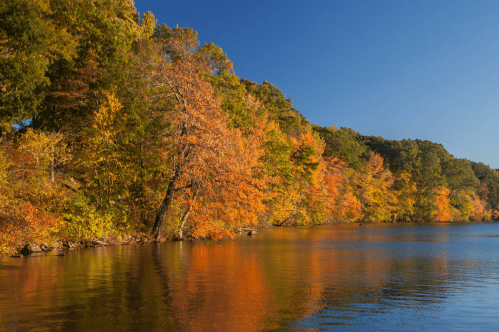
If You Only Have One Day to Visit This Small Town in Maine, Here’s Everything You Absolutely Can’t Miss

If You Only Have One Day to Visit This Small Town in Massachusetts, Here’s Everything You Absolutely Can’t Miss

Yes, there's a missing nuke in Washington. But our state's relationship to nuclear weapons— and its accidents regarding them— go well beyond that.
If all this makes you want to hunker down at home for the foreseeable future, I completely understand.
Subscribe to our newsletter
Get the latest updates and news
Thank you for subscribing!



